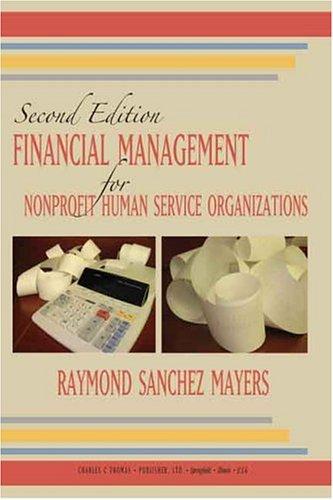Question
The real risk-free rate is 2%. The inflation rate is expected to be 3.5% for the next 3 years, and 4% thereafter. Assume that LP
-
The real risk-free rate is 2%. The inflation rate is expected to be 3.5% for the next 3 years, and 4% thereafter. Assume that LP and DRP on all T-securities equal zero. The 10-year T-Bonds yield 1% more than the 5-year T-Bonds. What is the difference in MRP between these 2 bonds?
-
The 10-year bonds of Anna Corp. are yielding 1.5% per year more than T-Bonds with the same maturity. The real risk-free rate is 5%. The average inflation premium is 3%. The maturity risk premium (MRP) is equal to 0.1(t-1)%, where t = number of years to maturity. If the liquidity premium for corporate bonds is 0.5%, what is the default risk premium on the corporate bond?
-
The real risk-free rate of interest is 4%. The maturity risk premium (MRP) is equal to 0.1(t-1)%, and the default risk premium (DRP) is equal to 0.05(t-1)%, where t = the bonds maturity. The liquidity premium is 0.8% for corporate bonds. Inflation rates for the next 3 years are expected to be 4%, 3%, and 4.5%; and 5% per year thereafter. What is the difference in interest rates between 10-year corporate bonds and T- Bonds?
Step by Step Solution
There are 3 Steps involved in it
Step: 1

Get Instant Access to Expert-Tailored Solutions
See step-by-step solutions with expert insights and AI powered tools for academic success
Step: 2

Step: 3

Ace Your Homework with AI
Get the answers you need in no time with our AI-driven, step-by-step assistance
Get Started


